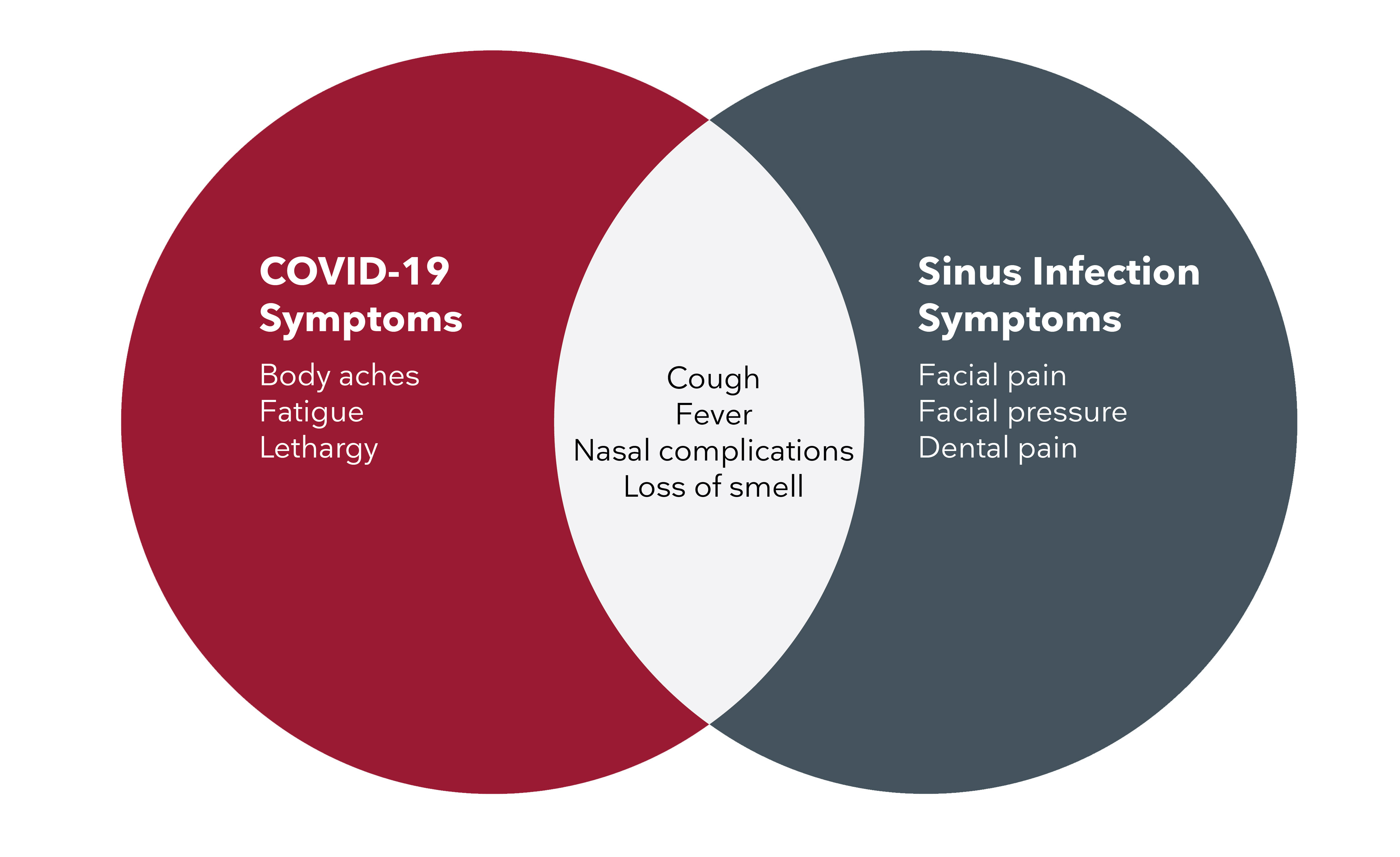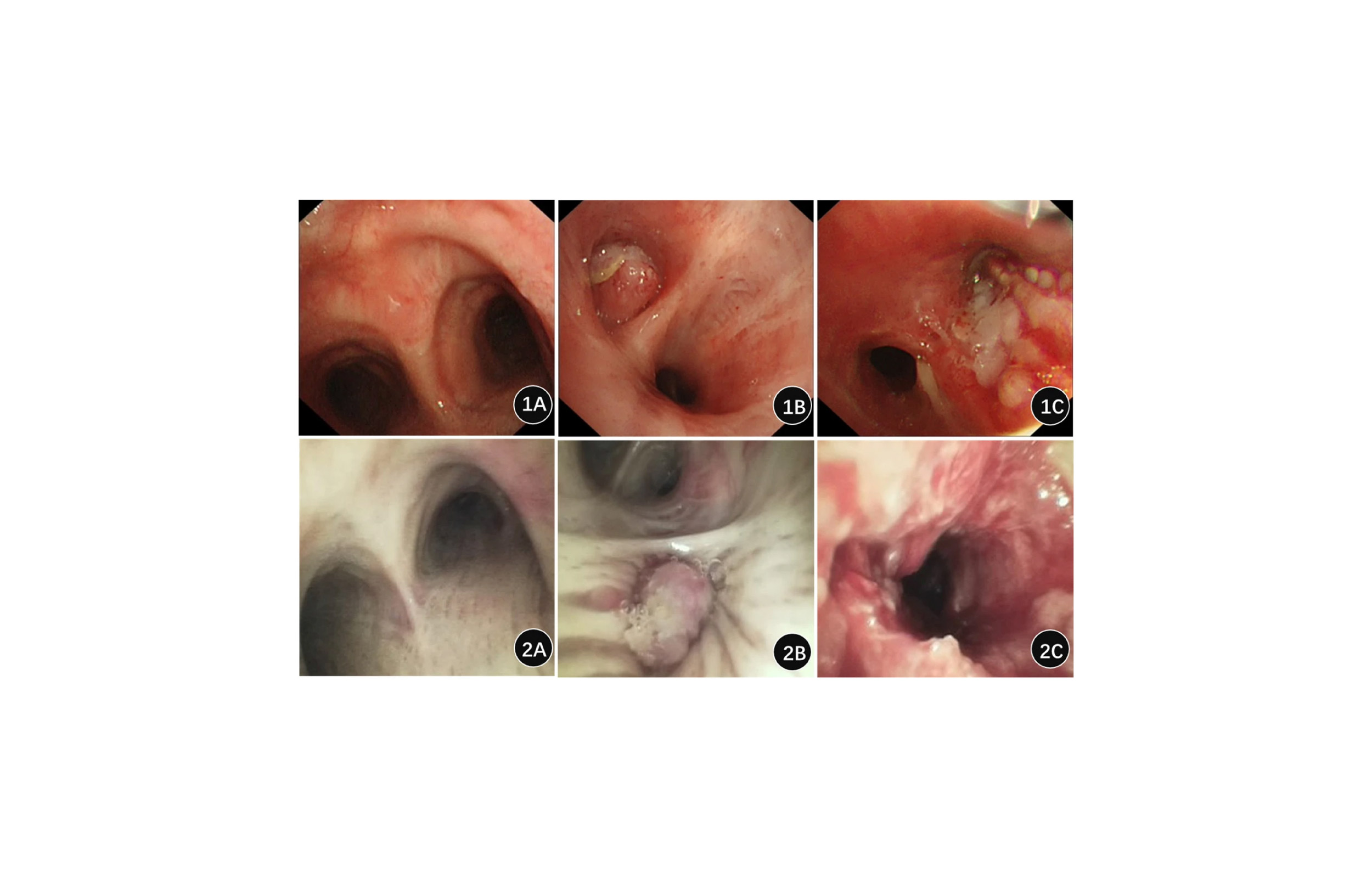
Spring is a busy time for ENTs because allergies, upper respiratory and sinus infections can run rampant. The arrival of the global pandemic has only compounded matters.
Now, otolaryngologists need to make sure that they are using the best safety protocols available and be alert for patients who may have COVID-19. That's according to an article in ENTtoday, which details how this can be even more challenging because so many people with COVID-19 are asymptomatic.
For patients showing symptoms, here is a quick breakdown comparing the novel coronavirus and sinus infections.
ENTs should also note that COVID-19 has been associated with loss of smell in more than 50 percent of patients, according to ENTtoday. Patients experiencing sudden loss of smell should be tested immediately.
While men, minorities, older adults, and people with pre-existing diseases (including obesity, heart disease and Type 2 diabetes) are more vulnerable to severe cases of COVID-19 than the general population, those groups are no more susceptible to other upper respiratory or sinus infections.
Protecting Providers
Because of their close proximity to the faces of their patients and the possibility of aerosol generation during endoscopic procedures, ENTs should take additional precautions to protect themselves. Those include training staff in proper room and scope cleaning between patients and using single-use scopes when possible.
Dr. Zara M. Patel, associate professor and director of endoscopic skull base surgery in the department of otolaryngology–head and neck surgery at Stanford University School of Medicine in Palo Alto, California, warns colleagues that the pandemic is far from over.
“Although fatigue can set in when wearing masks and face shields, and practicing within these new restrictions can feel tedious, it’s important to ensure that practices aren’t the source of infection,” she told ENTtoday.


